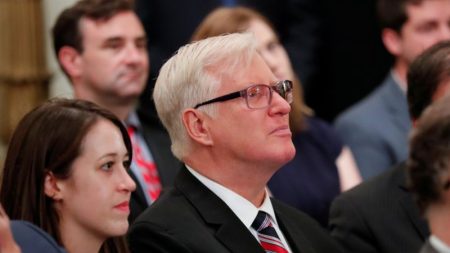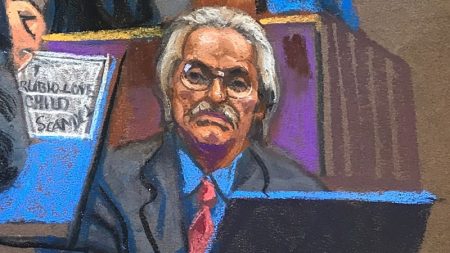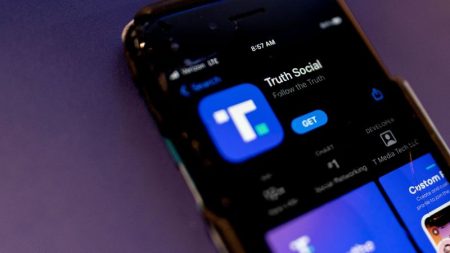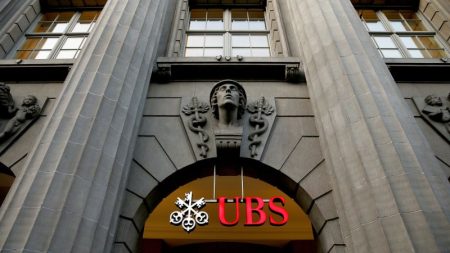After initially implementing a paywall for the blue checkmark verification system on Twitter, Elon Musk has reversed course and restored the badges to prominent accounts on the platform. Owning the most-followed account on Twitter, Musk had made payment for the blue checkmark a central aspect of his plan to monetize the platform and reduce dependency on advertisers. Musk had insisted that users pay $8 for the badge, leading to backlash from journalists and others who felt it was an elitist move. Despite Musk’s efforts to distinguish between journalists and average users, the legacy verification system actually benefited the public by providing a quick way to identify credible news sources.
Musk’s decision to revoke blue checkmarks from journalists and other notable users was met with resistance, as many declined to pay for the status symbol. Instead, those who were willing to pay consisted of Musk’s supporters, right-wing trolls, and others who could not have attained a checkmark under the old system. Trolls were even able to impersonate others and receive blue badges, diminishing the value of the verification system. The sudden restoration of blue checkmarks to influential accounts by Musk without payment led to confusion and rejection by users who did not want to be associated with Musk.
Since Musk took over Twitter, the platform has experienced a downward spiral in terms of daily usage, with a 23% decrease in the user base over the past year. Meanwhile, competitors like Meta’s Threads are experiencing growth, with Zuckerberg aiming to reach 1 billion users. Musk’s attempts to reverse the decline of his platform by restoring blue checkmarks indicate desperation and a willingness to cater to the elites he once criticized. The shift in strategy highlights the challenges Musk is facing as Twitter becomes increasingly polarized and inhospitable for many users.
The restoration of blue checkmarks by Musk underscores the struggles facing Twitter as a platform and Musk as its owner. The move is seen as an attempt to attract back influential users who have abandoned the platform due to the changes implemented by Musk. The declining user engagement on Twitter, coupled with the growth of competitors and the platform’s association with right-wing extremism, poses significant challenges for Musk moving forward. Despite his initial resistance to elite privileges on Twitter, Musk’s decision to restore blue checkmarks symbolizes a shift in strategy driven by the need to revitalize the platform and attract back key users.
In conclusion, Musk’s reversal on paid blue checkmarks reflects the precarious state of Twitter under his leadership. The platform’s decline in daily usage, coupled with the rise of competitors and the perception of Twitter as a right-wing stronghold, paints a challenging picture for its future. Musk’s attempts to re-engage with influential users and restore their badges highlight the struggles he faces in maintaining and growing Twitter amidst increasing competition and social media trends. The restoration of blue checkmarks may provide a temporary boost for Twitter, but it remains to be seen whether it will address the underlying issues and concerns that have led to its decline.















